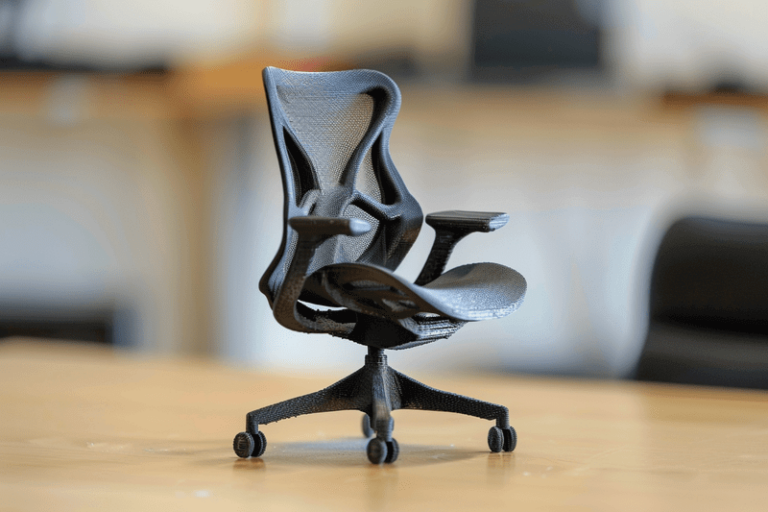Fast Company’s Innovation By Design award winners in 2019 all have a few things in common: they’re sleek, intuitive, and many have a sustainability focus. From a carbon-negative, algae-based plastic raincoat to a reusable takeaway-cup service for large venues, the winning designs all meld form and function to create a great user experience for the customer and the planet.
Designing a great product doesn’t happen overnight. There are many product development strategies an entrepreneur can take to reach a break-through design. The process could start with something as simple as a napkin scrawl and continue with finding the right partner to move your design a leap ahead. Here are the different approaches that many businesses take to designing a new product.
Traditional business approach
The traditional business approach considers two factors when designing a product. Will the product be viable, i.e., how does it benefit the business? And, what is the operational and technical feasibility of designing the product? Using the traditional business approach to design, a company would identify a problem, or a set of problems, and then derive what the company thought it could offer as a profitable solution.
The traditional business approach to product development strategy seems relatively straightforward, but it often doesn’t lead to success. It focuses on the “how” and “what,” rather than the “why” – why does a customer need a product? The metrics for greenlighting a product design, namely viability and feasibility, are company-centric and don’t consider the needs of the end-user. Hence, the rise of design-thinking.
Design thinking approach
Design thinking incorporates the user experience into the design process, moving beyond the simple look and feel part of product design. Design thinking was popularized by IDEO founder Tim Brown, who describes it as “a human-centered approach to innovation that draws from the designer’s toolkit to integrate the needs of people, the possibilities of technology, and the requirements for business success.”
One of the aspects of design thinking that makes it so successful is the prototyping phase. Designers can help lower the risk of launching a new product by testing the product design with small groups of users throughout the development process. A prototype helps validate that the product is something a customer can understand, will use, and that the design is appealing before the product goes to mass production.
Lean UX approach
The Lean Start-up and Lean UX approaches take design thinking a step further, putting the prototyping process front and center. Lean Start-up is an approach to starting a business venture that takes an idea, translates it into a product or service, measures how customers respond, and then takes the learnings to pivot or iterate. Lean UX takes that same approach and applies it specifically to design.
Lean UX focuses on the human experience behind the design. The deliverables of the entire product development strategy are less important than the learnings the design process delivers. “The core objective is to focus on obtaining feedback as early as possible so that it can be used to make quick decisions,” explains one UX blog.
The goal of Lean UX is to get feedback quickly and use it to continuously improve. It’s an approach that is particularly collaborative – as if the customer is designing the product alongside the company. The drawback is that this approach to design can ignore other factors related to development; Lean UX can lead to somewhat of a product design bubble.
Design sprint approach
Design sprint is a subset of the design thinking approach. There are five phases to the design sprint process that take place on five separate days:
- Map
- Sketch
- Decide
- Prototype
- Test
Design sprints focus on a small part of the problem, or one aspect of the design, rather than building a completely new product. The process allows designers to work with their customers in the prototyping and testing phases, and to learn quickly – within five days – to continue to design a winning product. Obviously, design sprints integrate elements from the other approaches, but with a more focused, disciplined aspect to product design.
Which approach is right for you? It depends on the maturity of your company and the resources at your disposal. Speak to one of the experts at Gembah to learn how our experts can help with product development strategy.



